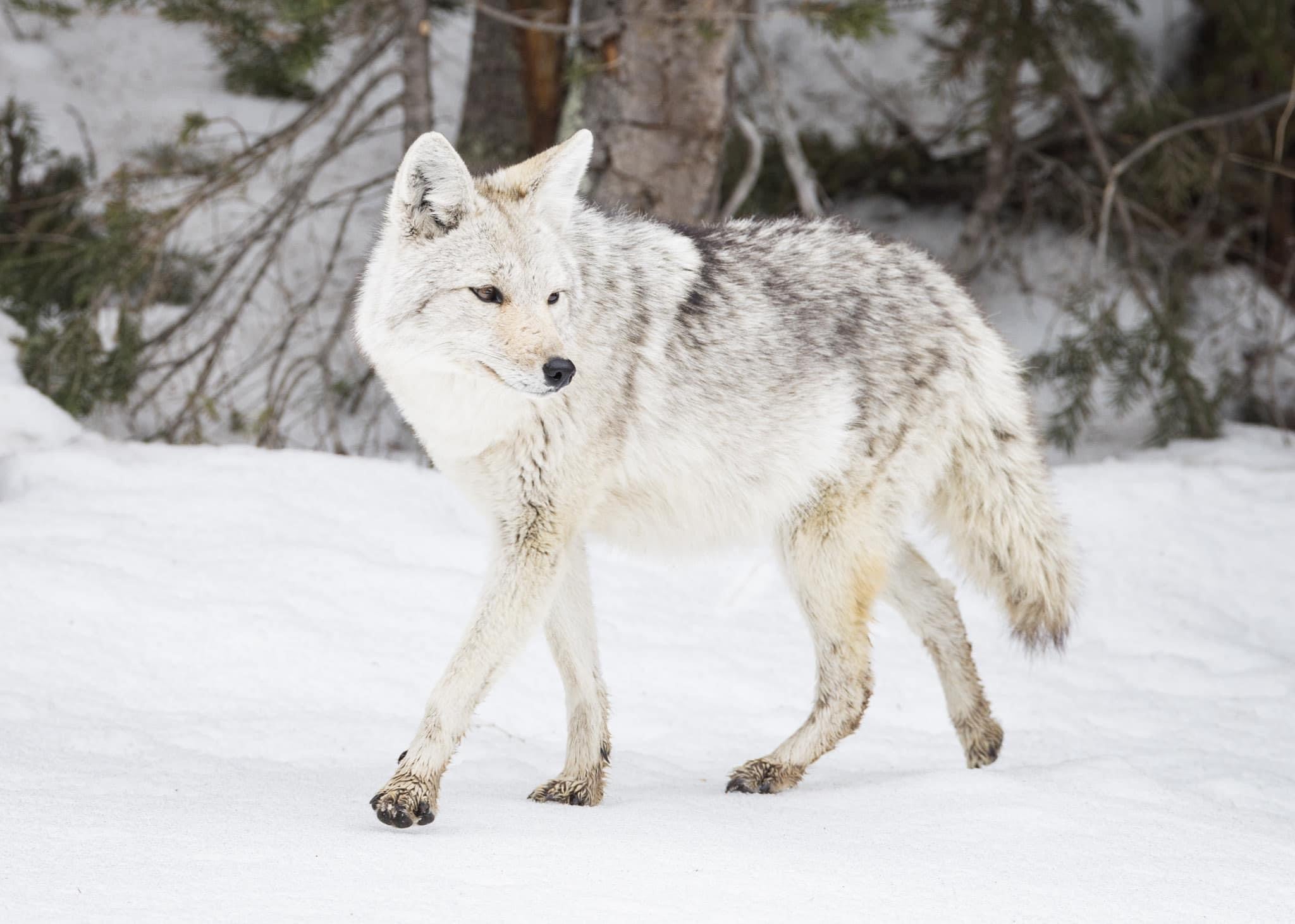


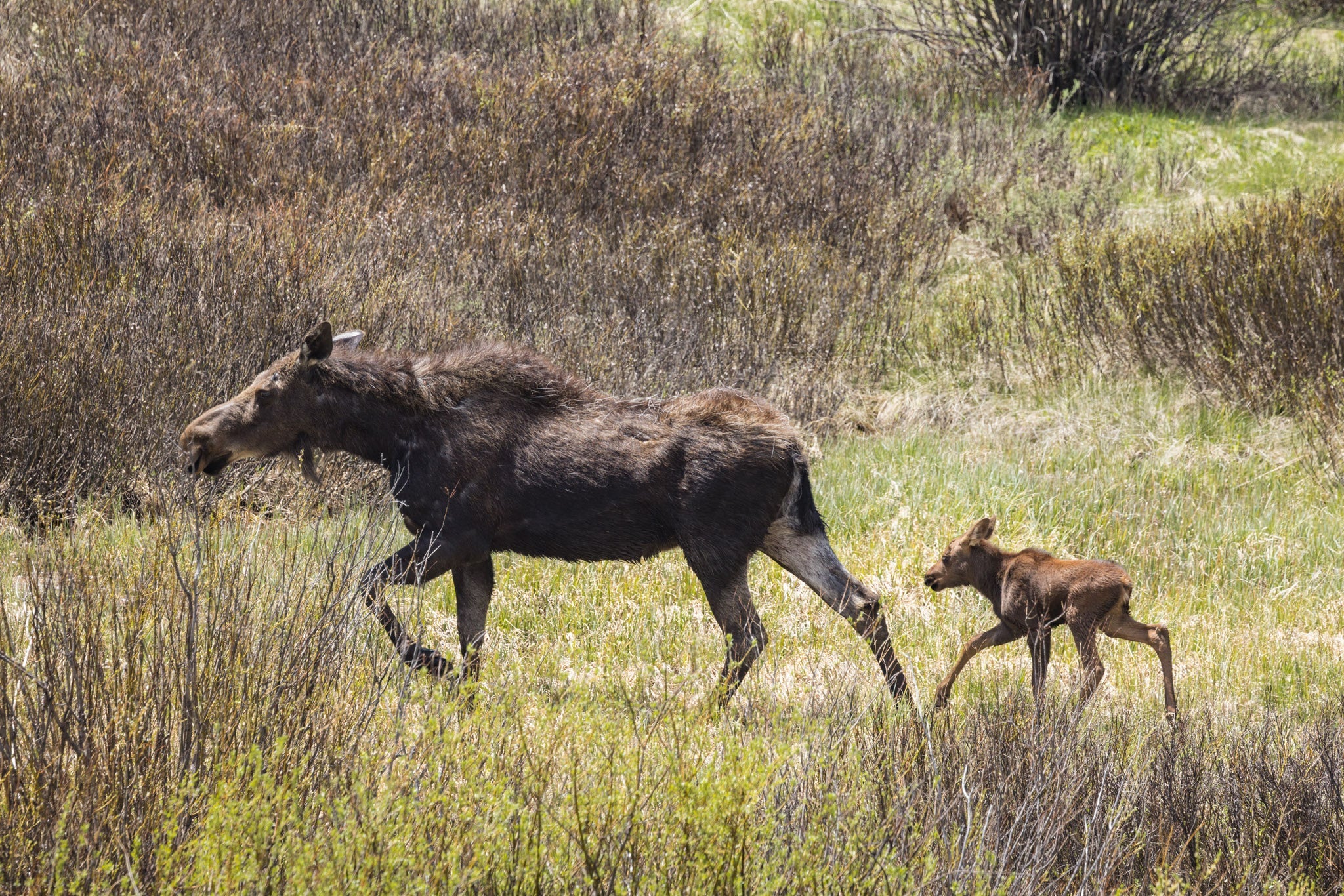
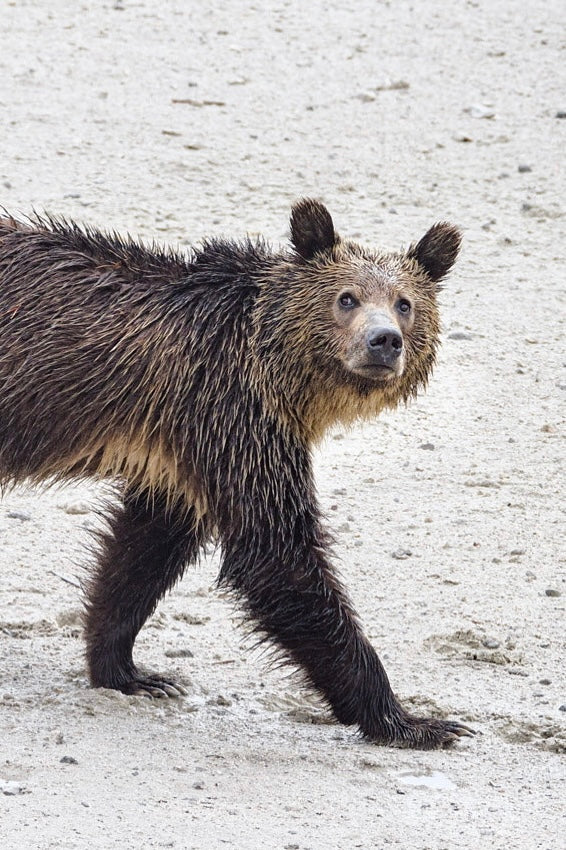
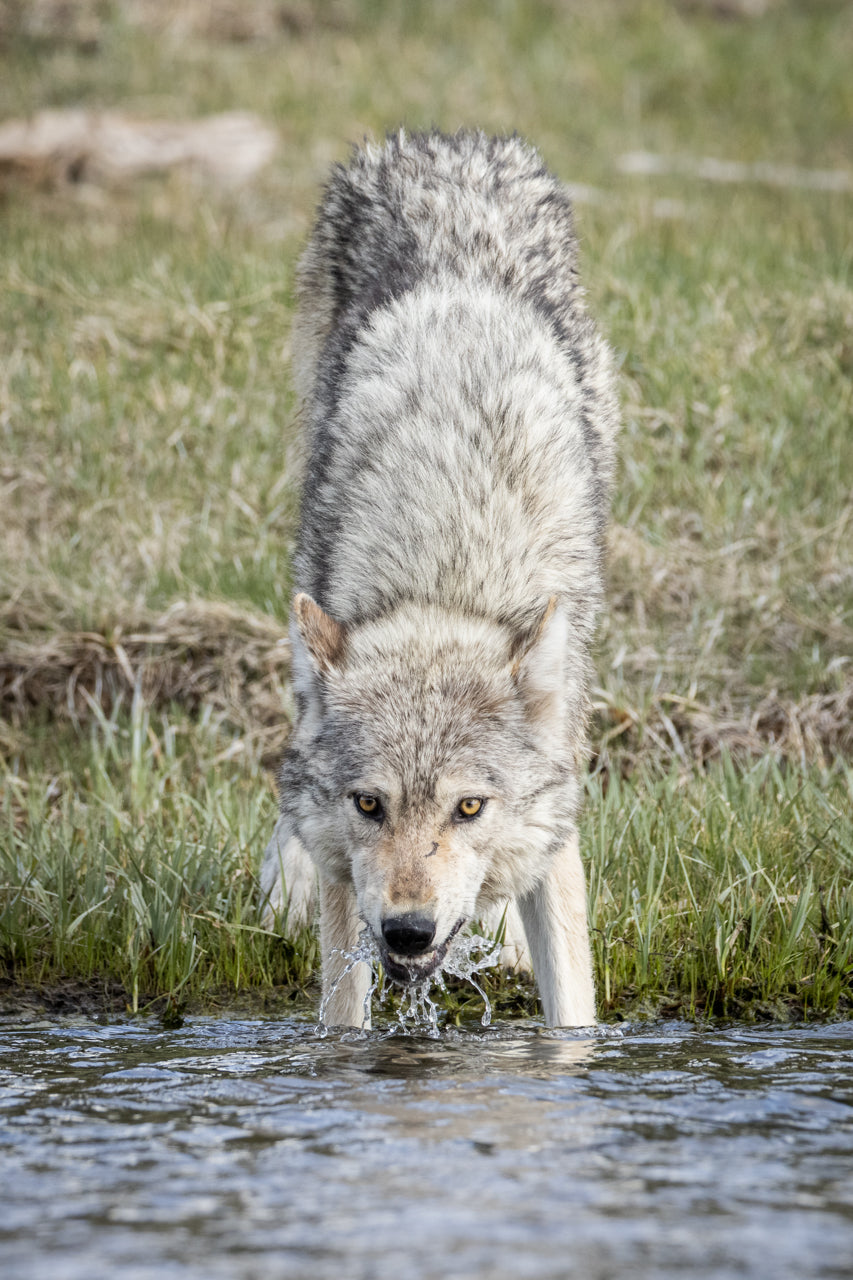
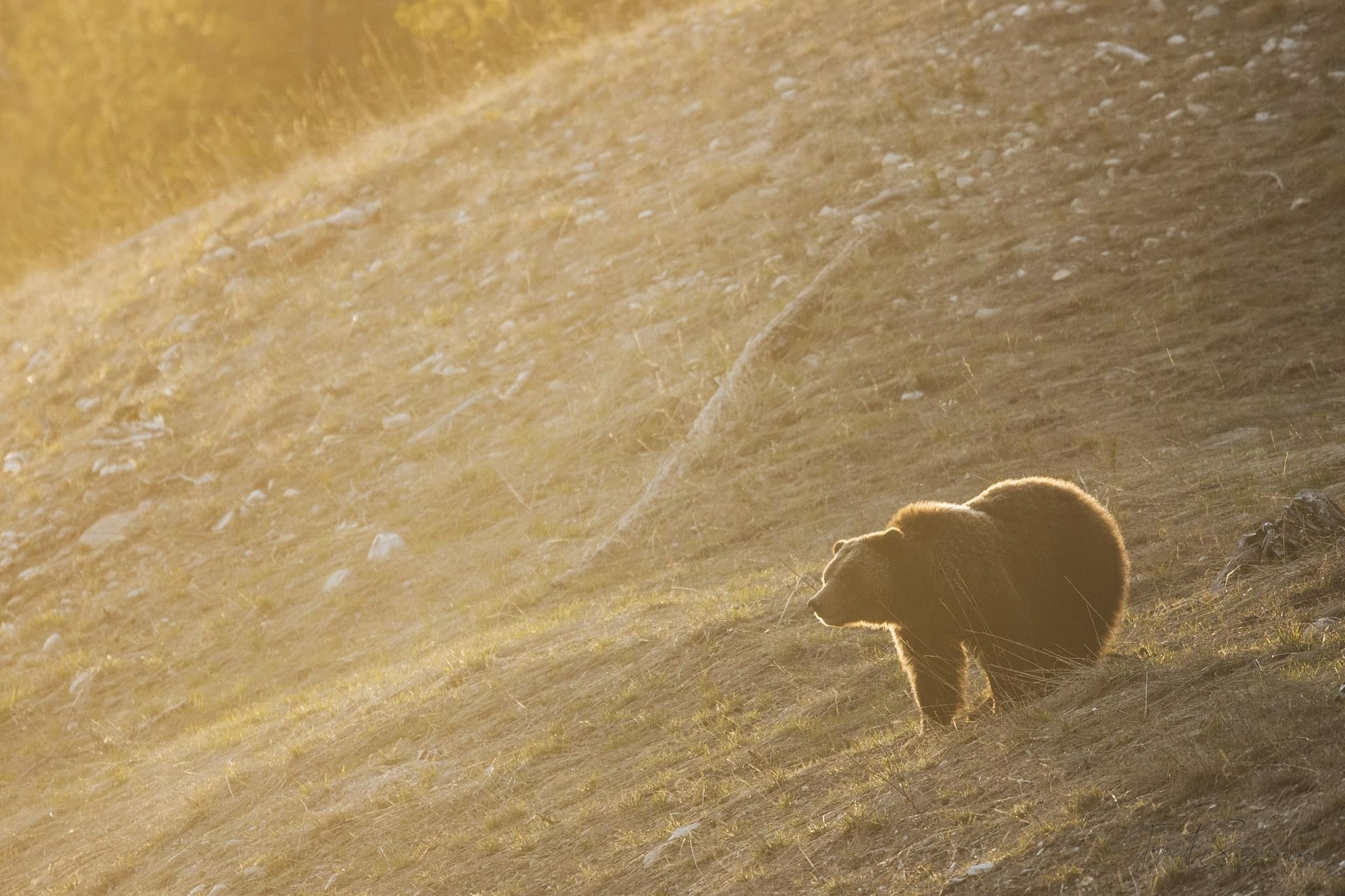
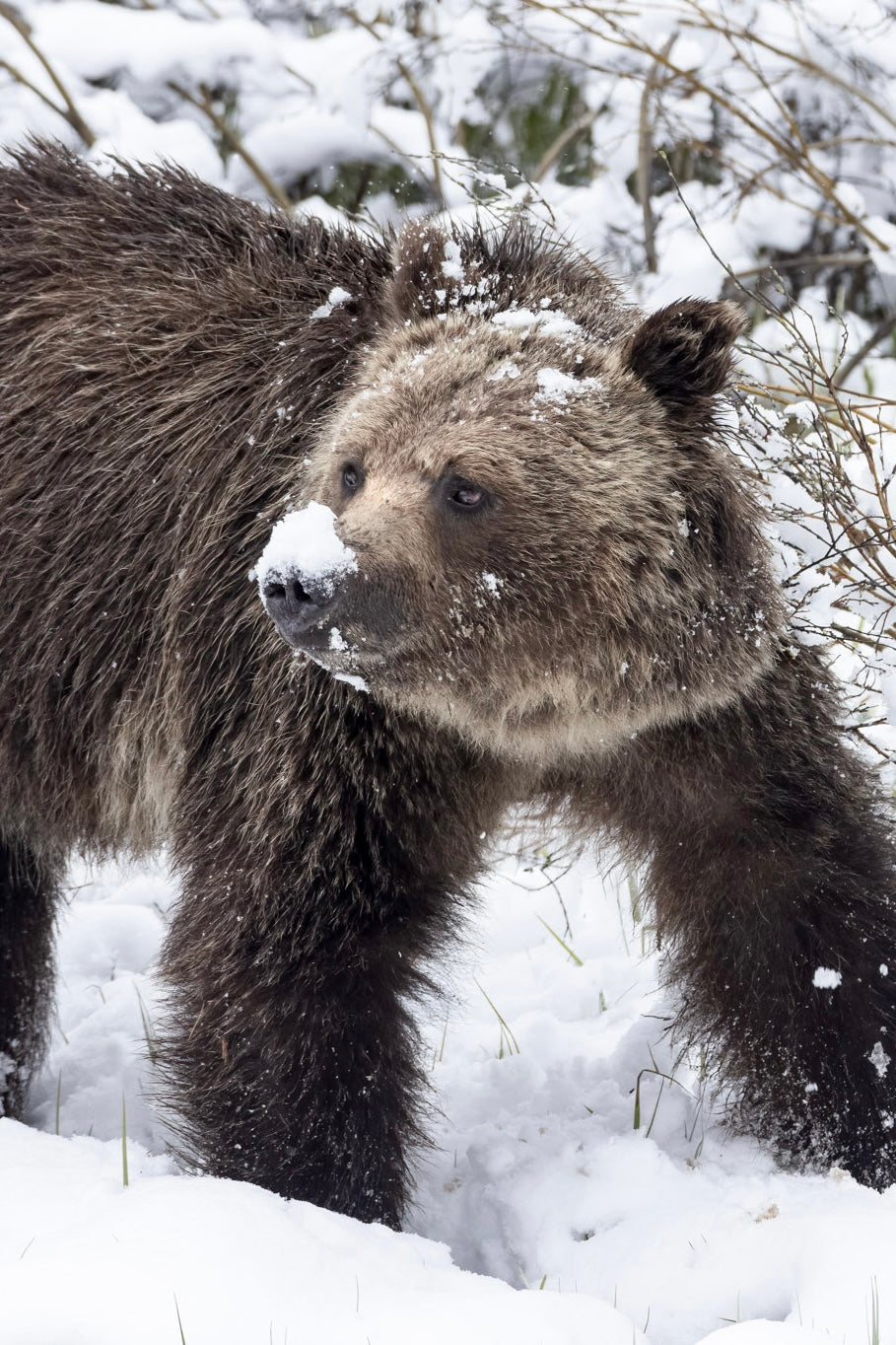

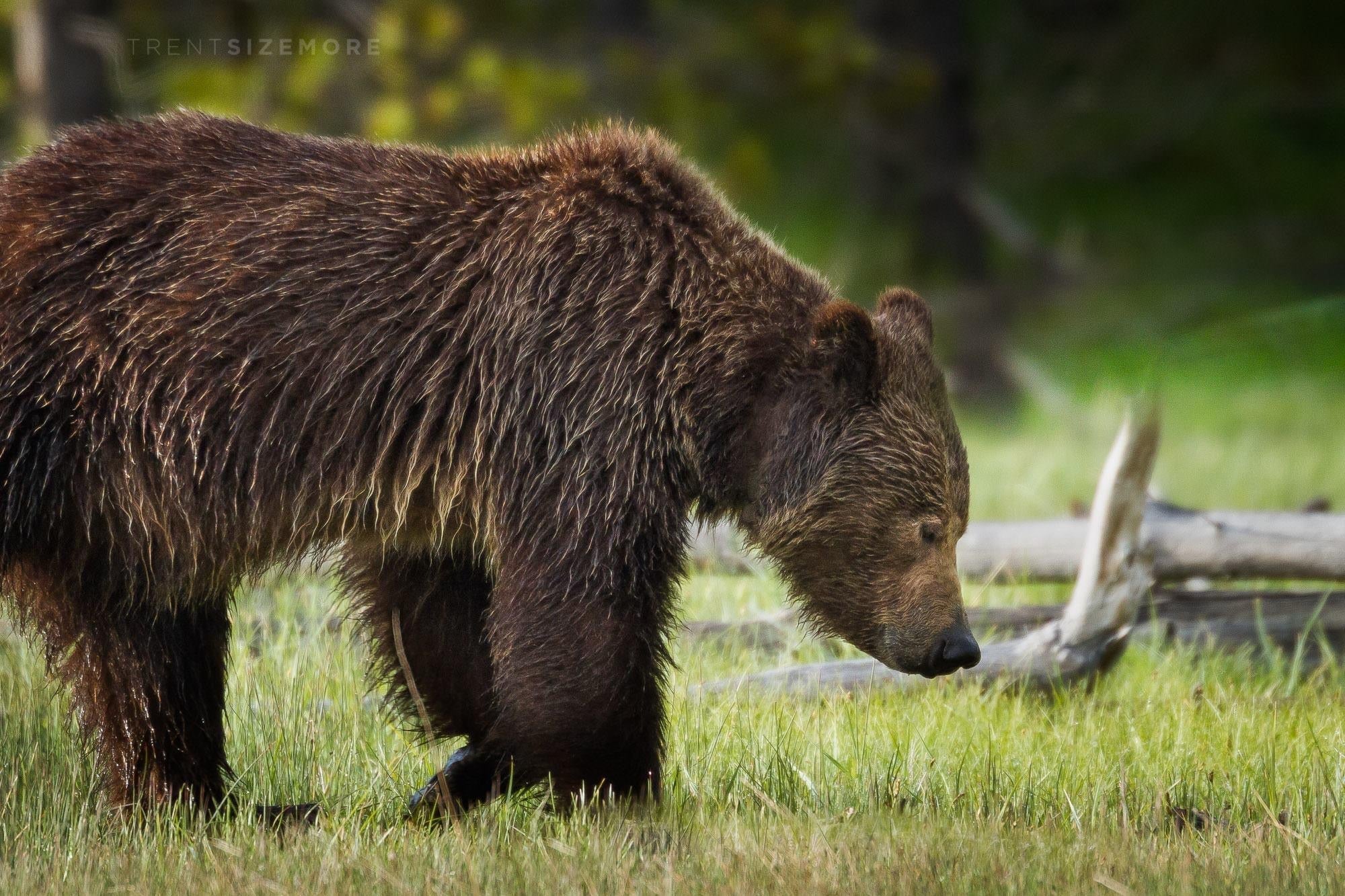
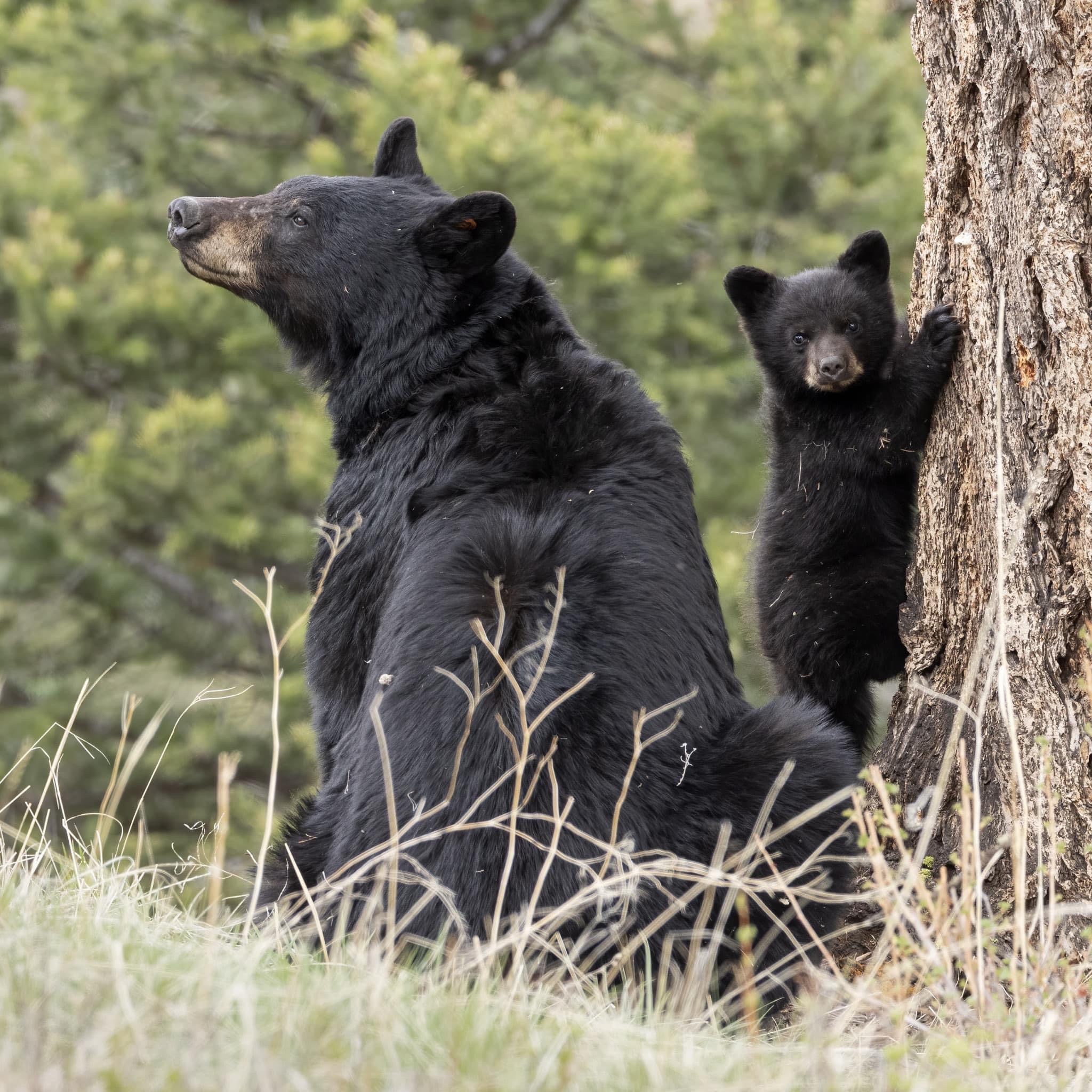
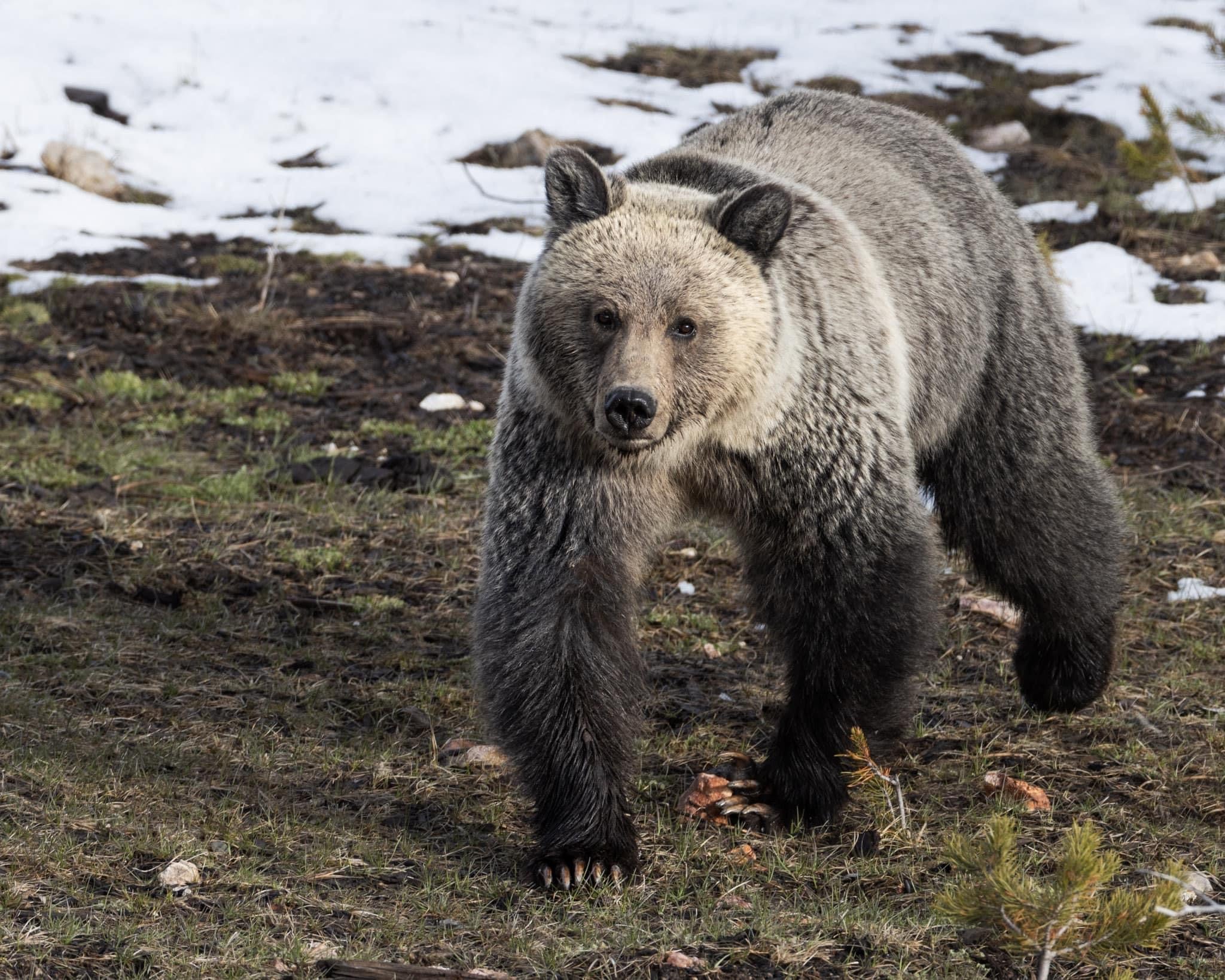
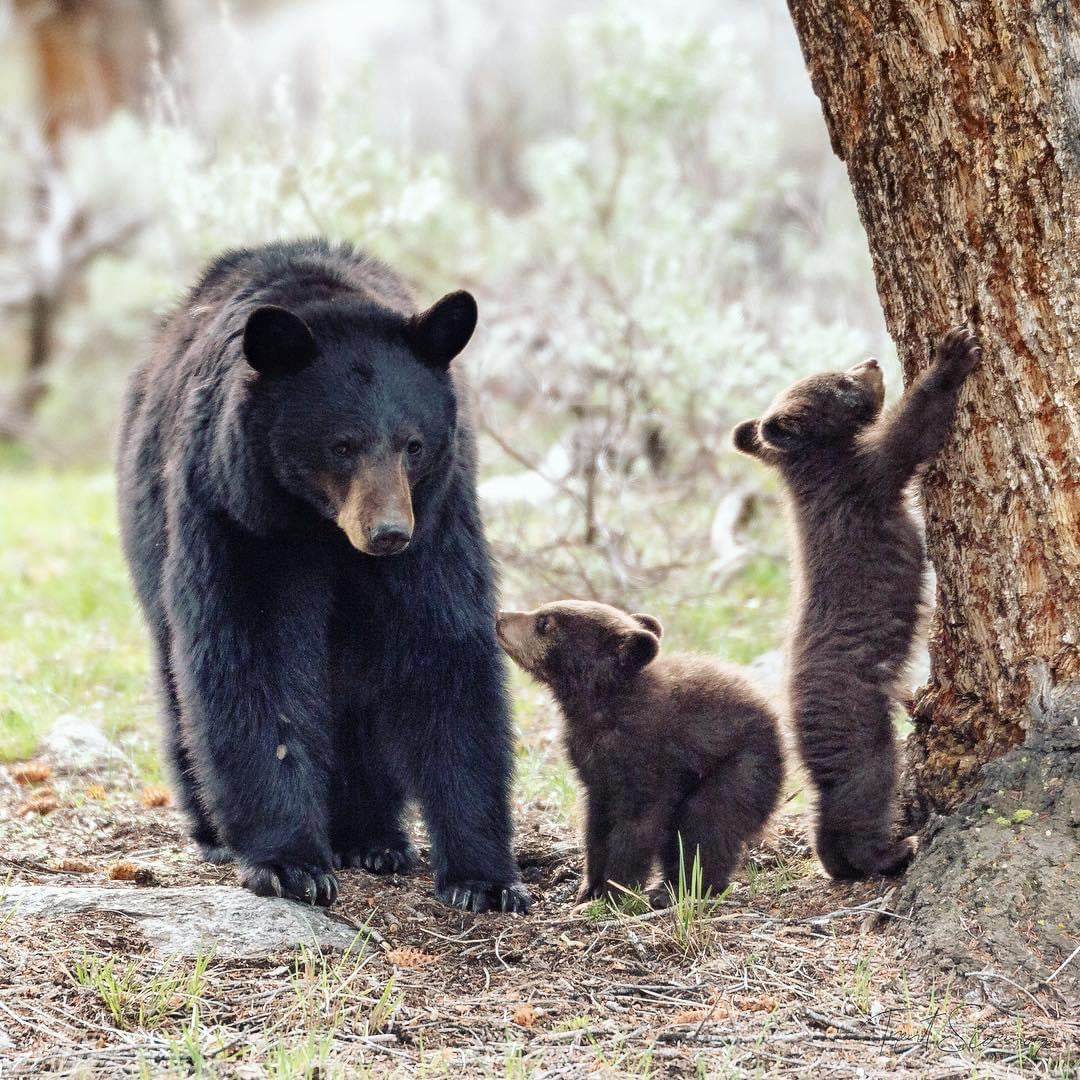
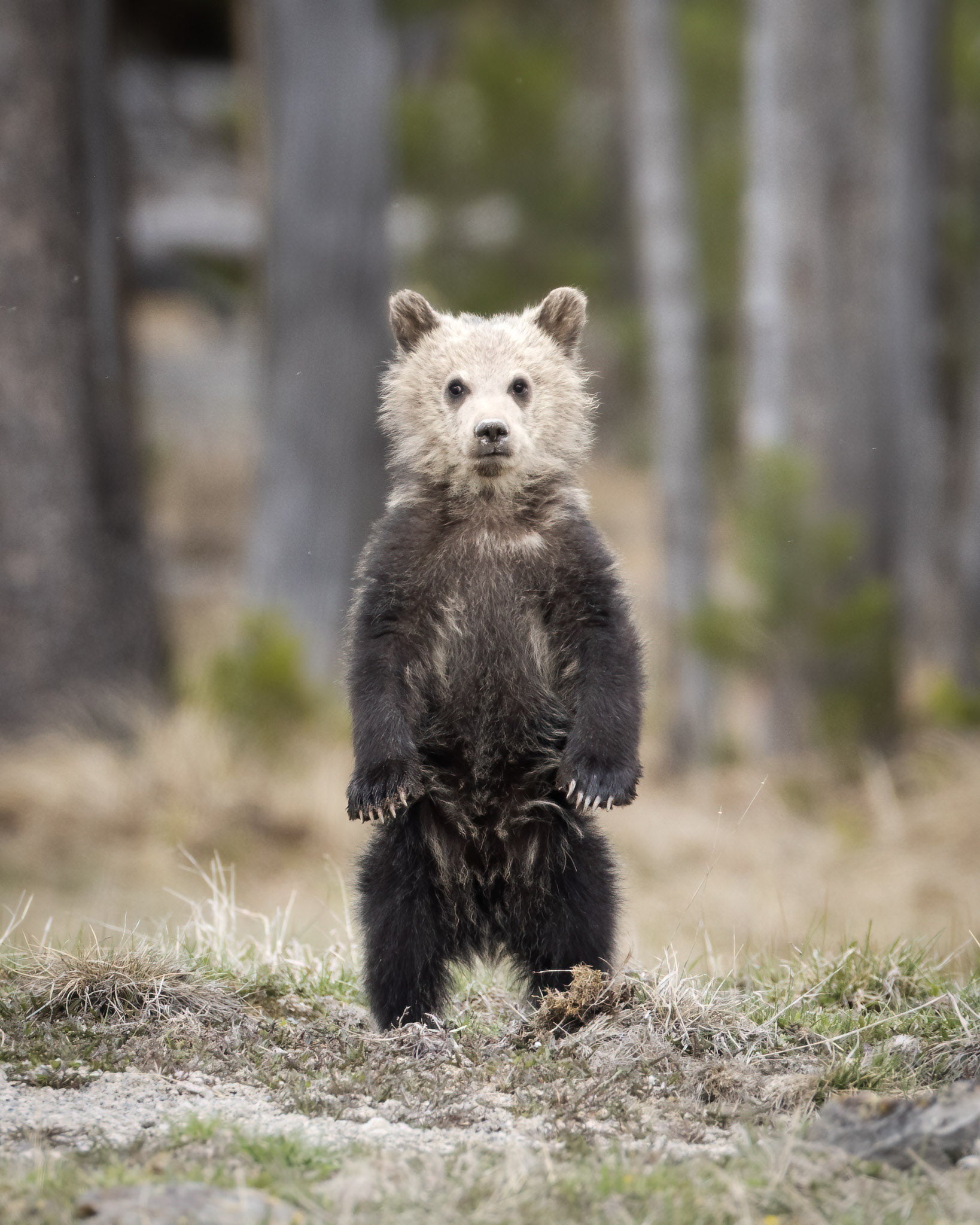
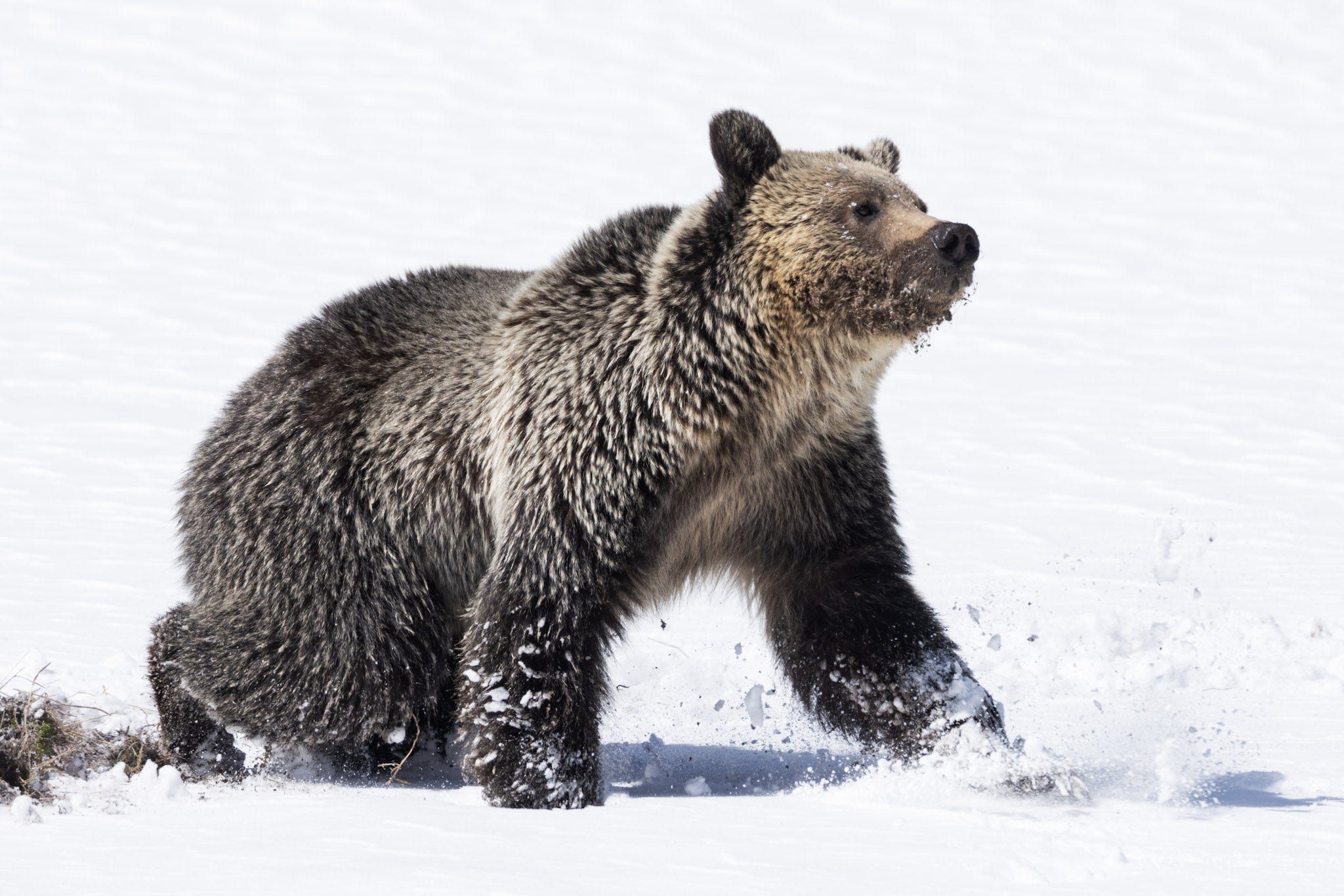
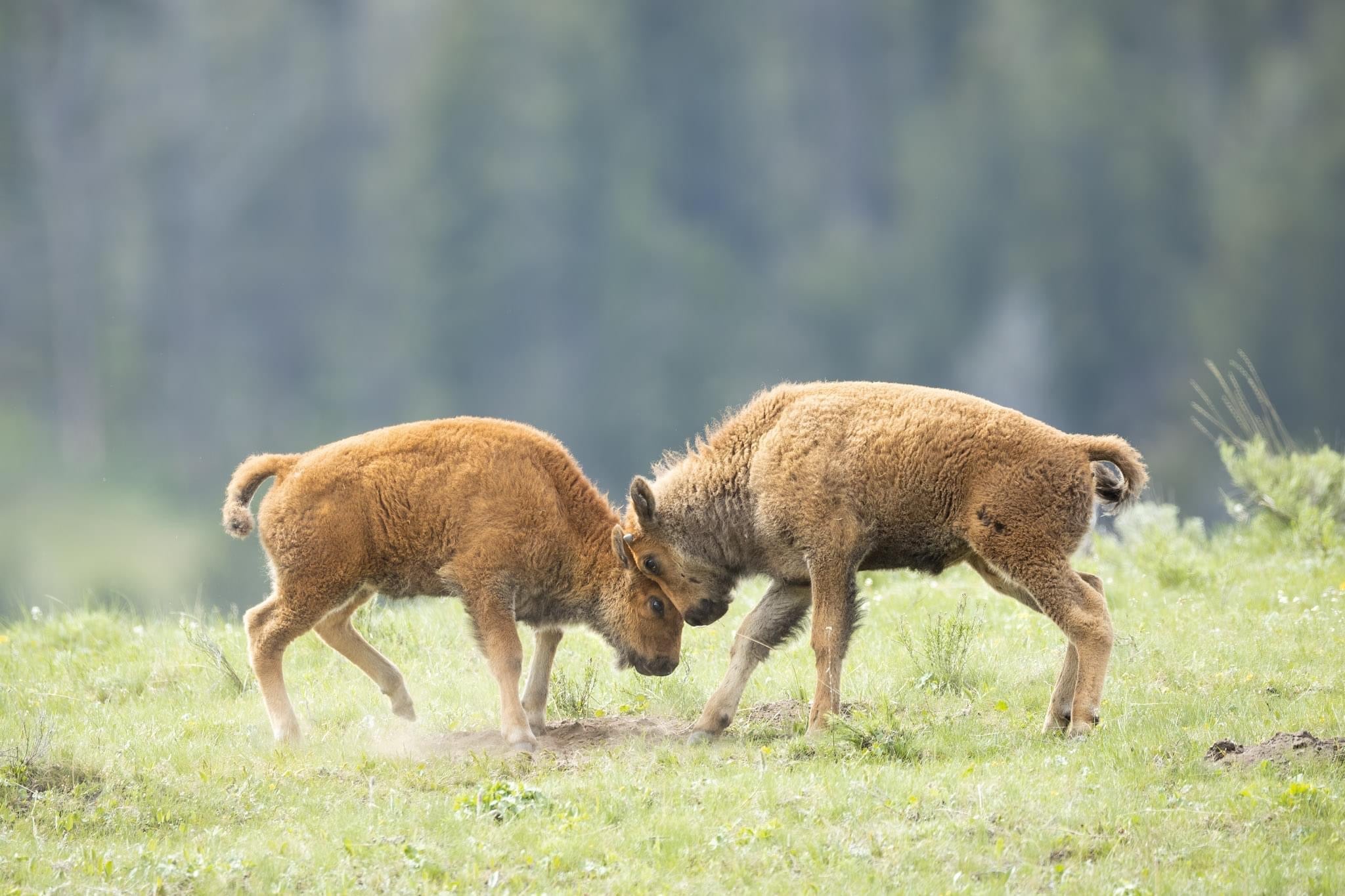
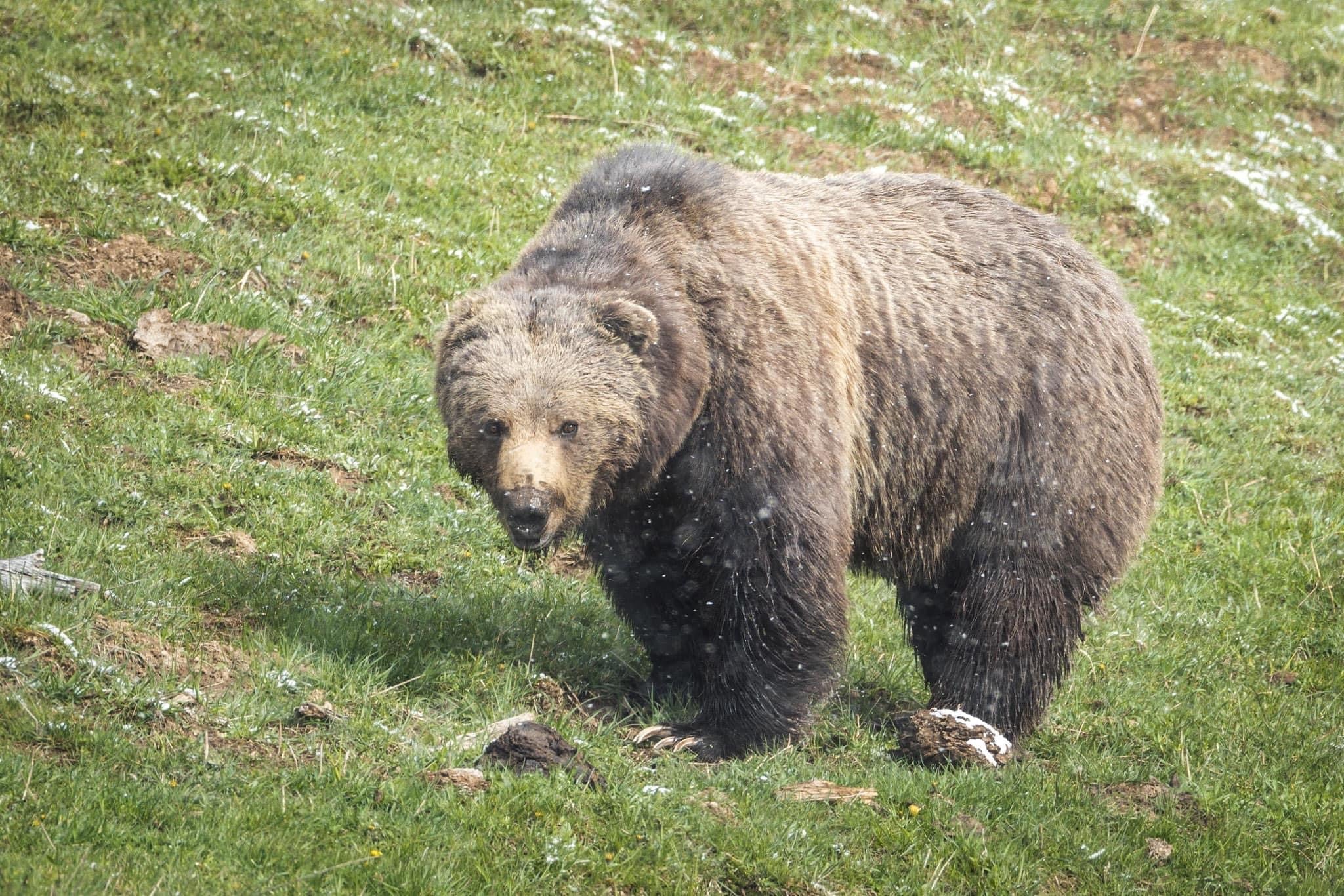

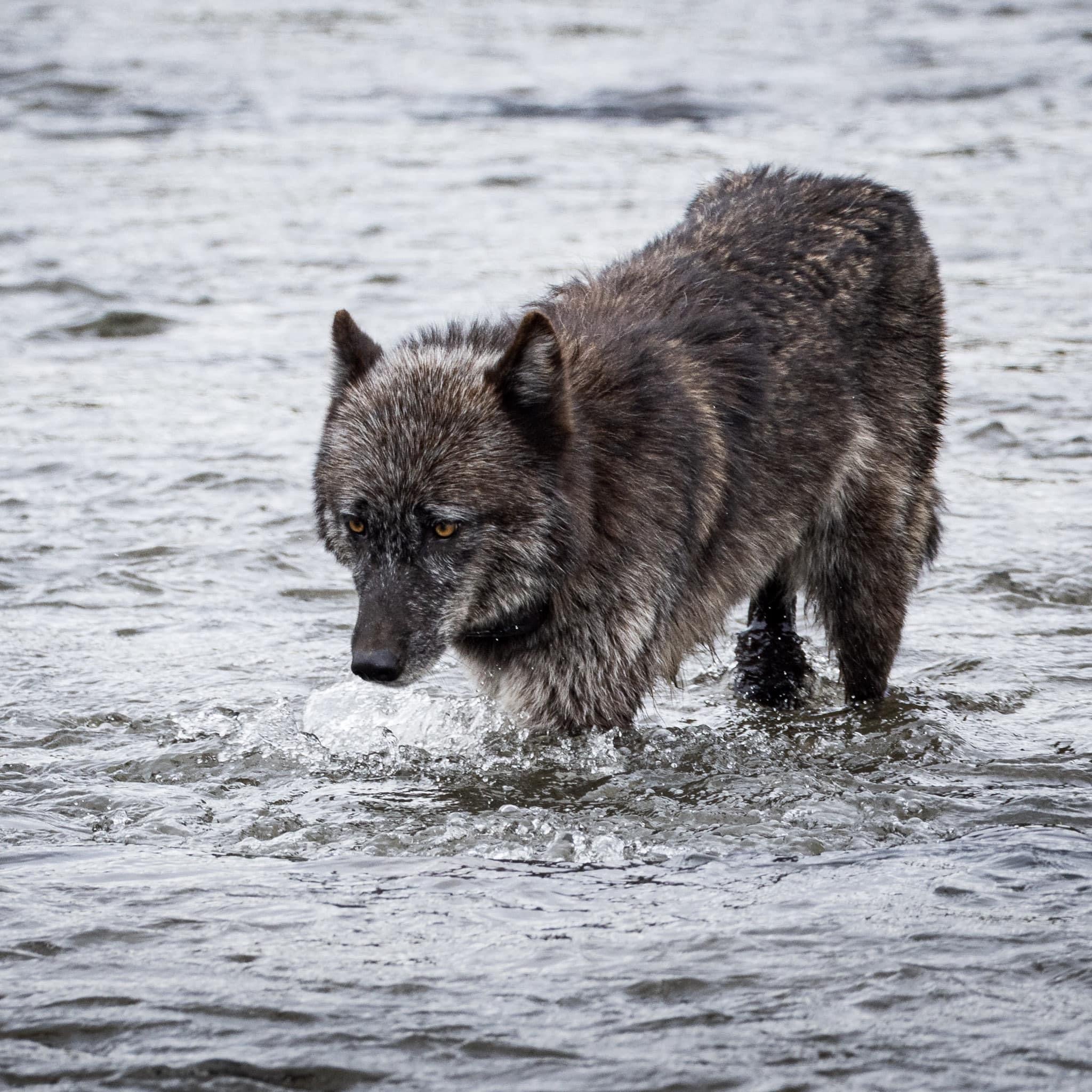


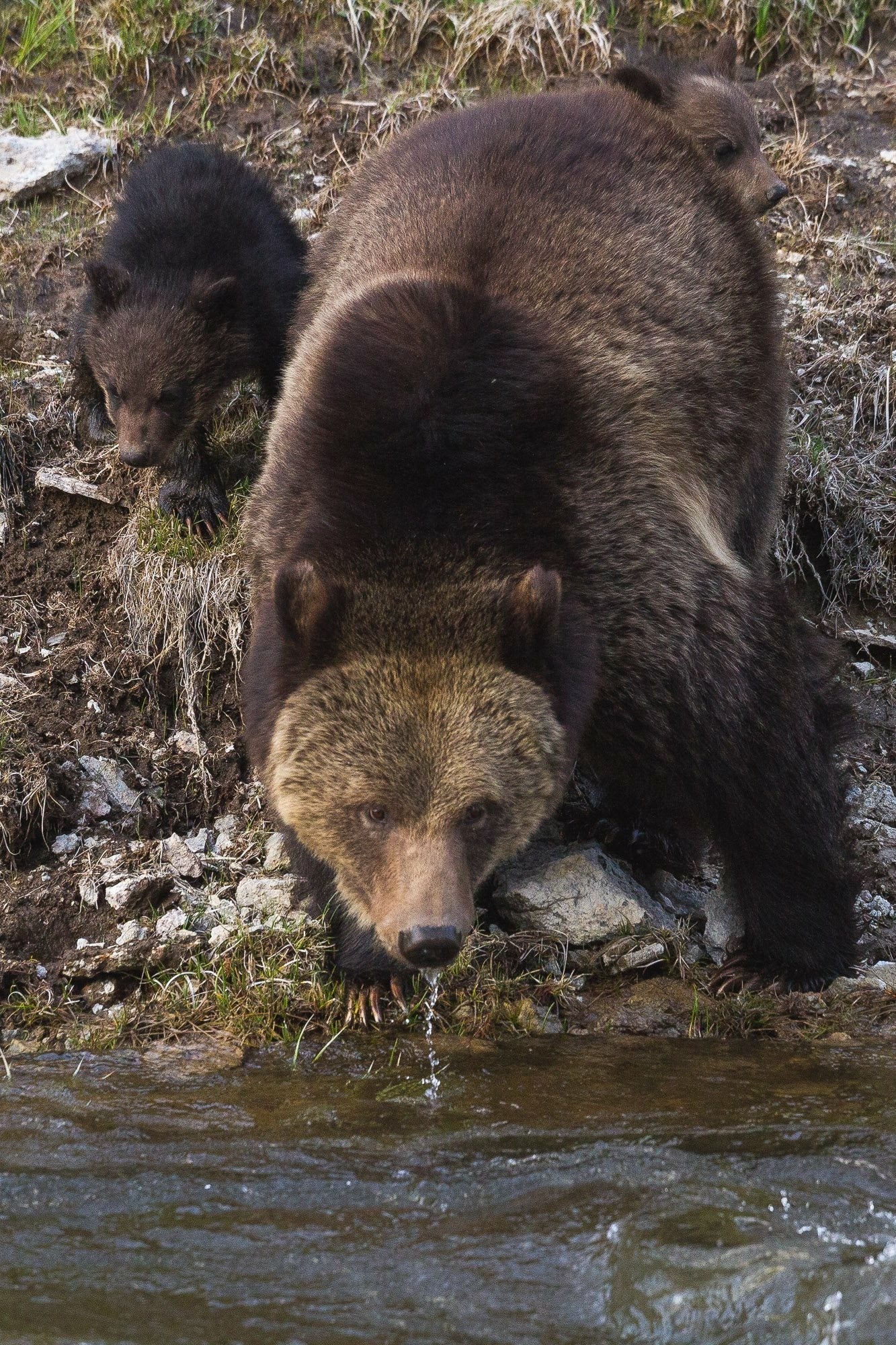
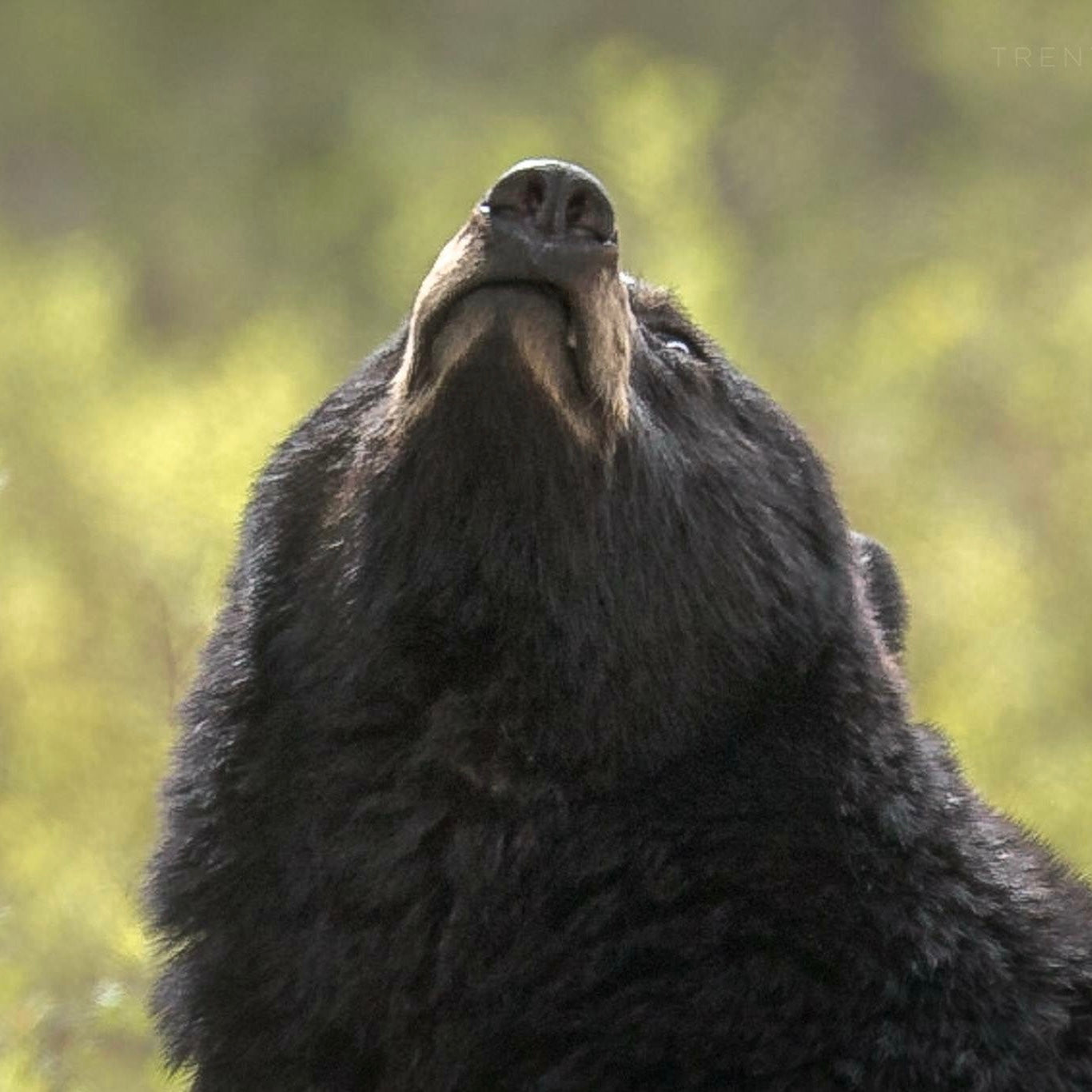


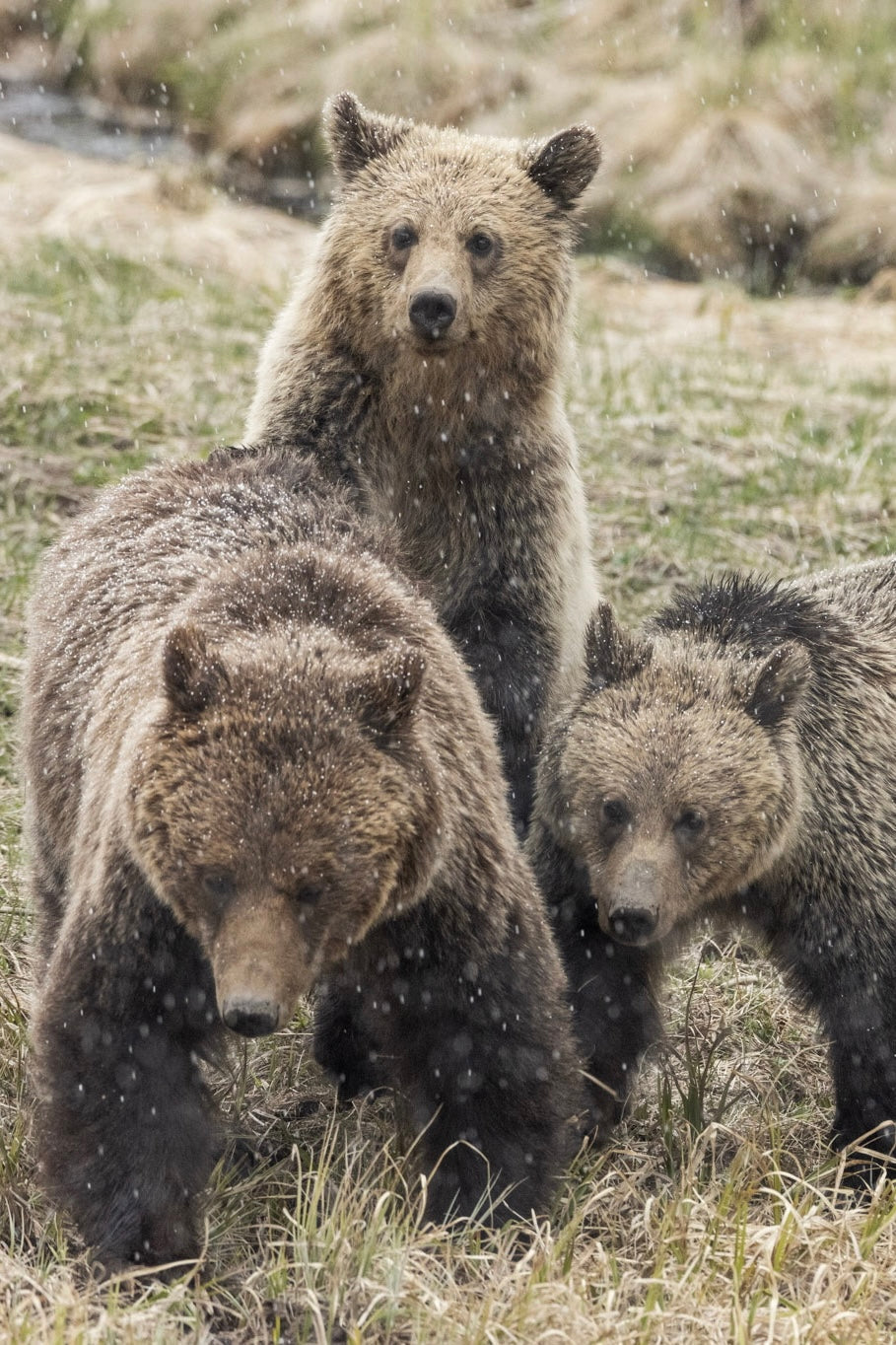
Yellowstone Spring - 2026
WORKSHOP BASICS
April and May are my favorite months of the year for finding and photographing wildlife in Yellowstone! Most grizzly and black bears will be out of hibernation by the first week of May, actively looking for food in the lower elevation areas. Other wildlife like wolves, coyotes, foxes, and badgers are all possible to see throughout the park. We will start seeing bison calves as soon as late April, and elk calves starting to show up by the end of May.
2025 DATES
- April 26th - May 2nd, 2026 (5 days)
- May 3-9th, 2026 (5 days)
- May 10-16th, 2026 (5 days)
- May 17-23rd, 2026 (5 days)
- May 24-30th, 2026 (5 days)
- June 1-5th, 2026 (3 days)
- June 8-12th, 2026 (3 days)
WHY MY PHOTOGRAPHY WORKSHOPS ARE UNIQUE
2025 will be my 12th year living year-round in West Yellowstone, and my 9th year as a full-time wildlife photography guide. Similar workshops are often led by those only visiting the park during the time of their workshop each year. Living here full-time gives me an intimate knowledge of not only the park but much of the surrounding ecosystem as well. I also have a great network of local guides that share sightings, often in real time. When not guiding, I spend a lot of my own free time in the park, usually searching for some of the more unique and rare subjects or scenes Yellowstone has to offer.
A small group limited to three photographers allows for instruction tailored to your individual skill level. Many people enjoy the company of new photographer friends, without the feeling of being herded around in a large group with varying interests. A single vehicle means we can easily park in more places, especially when it gets busy around special sightings.
My workshops are a combination of learning about your gear, photography techniques, and the wildlife of the Yellowstone ecosystem. Learning about the different species that inhabit Yellowstone, their tracks or signs, and their seasonal movements can help you be more efficient with your own trips in the future.
MORE DETAILS AND WHAT TO EXPECT
These workshops are based out of West Yellowstone, Montana. I would recommend lodging at the Holiday Inn, Gray Wolf Inn, or Brandin Iron Inn. You are responsible for flights into Bozeman, Montana, and transportation to West Yellowstone. There are rental cars or possible shuttle options available (check with the airport).
Yellowstone is huge, so there can be a lot of travel time in between wildlife sightings. Multiple days help increase your odds of seeing a greater variety of animals.
The majority of our animal encounters will be right near the road. There may be times some walking along the road is needed to get into a better position, but usually won't be through deep snow unless you want to do a short hike. We are never very far from the vehicle, so you can return at any time if it gets too cold. Most of the day will be spent traveling back and forth along various sections of road looking for wildlife. There are some spots we can sit and wait as well whenever we're ready for a break. We are out in the park all day, without going back to town. We will stop in a pullout to have lunches.
This is an instructional photography workshop, and any skill level is welcome. Though not completely necessary, you should be comfortable with basic settings for your specific camera. I use Canon gear myself but I am also familiar with many cameras from Nikon, Fuji, Olympus, and Sony as well. Post-processing instruction is optional but possible at the end of each day.
We will meet as a group the first night for an introductory dinner in town to meet everyone and answer any last minute questions. I will pick everyone up from their hotel in town each morning.
Not sure which date to choose?
Late April and early May offer the lowest chance of crowds, but fewer roads are open. The third full week of the month is preferable if you want to see more of the park, including Hayden Valley and the Yellowstone Lake area. There are still plenty of open roads as soon as the park interior opens in late April, including our best bear areas and the northern range.
Baby bison will be out for any of the listed dates, and elk calves may be visible the last week of May. The numbers of baby bear sightings vary depending on the year, but it's possible to see them any time after the park opens for spring.
Weather can still be snowy throughout spring, but more likely for the earlier dates. Temperatures can range from teens in the morning, to as high as the low 70s in the lower elevations by afternoon.
COST AND WHAT'S INCLUDED
-
The total cost of $2,697 for 5 days and $1,697 for 3 days includes transportation and instruction for the five full days in the park, plus an introductory dinner on the first night. Lunches are not included.
- You’ll receive a high quality 17x22” print of your favorite image from the week, shipped to you, if desired.
-
A 50% deposit is due to book
-
The 50% remaining balance is due 90 days before arrival
- West Yellowstone charges a 3% resort tax
-
You are responsible for your flights, lodging, and transportation to West Yellowstone. I've found most people prefer having the choice of where they stay and not share a room. You'll also have the flexibility to stay and explore before or after your trip.
After booking, you'll receive a confirmation email from me within a few days with trip details and questions about your gear. About three months before your trip, you'll receive another email with details on paying the final balance, more gear recommendations, and check if you have any questions.
TYPICAL ITINERARY
- We will meet for an introductory dinner on the first date listed
- The next five full workshop days will be spent touring the open park roads. We can meet for dinner as a group again if anyone would like.
- You'll depart on the last date listed
- Each day is roughly sunrise to sunset, depending on weather conditions.
- You may want to arrive in Bozeman an extra day before and depart an extra day after in case of weather delays. Driving to and from the airport in April can still be snowy or icy.
GEAR RECOMMENDATIONS
I'd highly recommend having a mirrorless camera capable of animal eye autofocus and a 400mm, 500mm, or 600mm lens with teleconverters available for the best image quality. I use the Canon R5 II with the RF 400mm f/2.8L IS, often with a 2x extender. Lenses like the Canon 100-400, 100-500, the new 200-800, or Nikon 200-500 are perfectly acceptable, just know you will occasionally want the extra reach a 1.4x extender offers. As long as there is sufficient light and no heat waves, these extenders are perfectly capable of creating sharp images.
Tripods are not required, but you can bring one if needed. The vast majority of my still images are shot handheld. A monopod is also a good compromise for easy traveling.
Spring in Yellowstone can still be cool and wet, sometimes snowy. I'd highly recommend having the following: gloves, a warm hat, warm wool top and bottom base layers, an insulated jacket, a waterproof outer jacket, warm pants, thick wool socks, and insulated waterproof boots. If you need pretty much everything, I'd recommend going to a local store like REI and telling them where you're going so they can outfit you completely. I can also offer recommendations for individual pieces of gear as well. Layers are important, as the temperature varies a lot and you'll get warm after walking or cold after standing too long. I'd highly recommend bringing hand warmers, and a pair of electric hand warmers like this one can last you all day.
***
Travel insurance is highly recommended because of the uncertainty of weather conditions causing airline or travel delays.
Your initial deposit is refundable up until 180 days before the workshop date. Within 180 days of the workshop date, we can only refund your deposit after we are able to replace your spot. The final balance is due 90 days before the workshop date. Within 90 days, no refunds are given unless we are able to replace your spot in the workshop.
Trent Sizemore Photography, LLC is authorized by the National Park Service, U.S. Department of the Interior, to conduct services in Yellowstone National Park.
Choose options


























